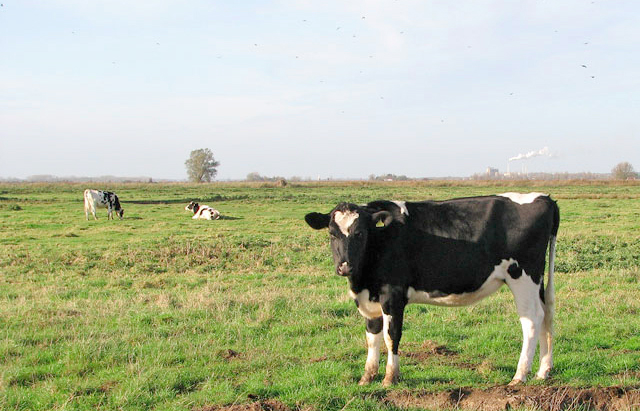
The EU milk quota regime comes to an end tomorrow, first introduced in 1984 at a time when EU production far outstripped demand, the quota regime was one of the tools introduced for overcoming these structural surpluses.
Successive reforms of the EU's Common Agriculture Policy have increased the market-orientation of the sector and, in parallel, provided a range of other, more targeted instruments to help support producers in vulnerable areas, such as mountain areas where the costs of production are higher.
The final date to end quotas was first decided in 2003 in order to provide EU producers with more flexibility to respond to growing demand, especially on the world market. It was reconfirmed in 2008 with a range of measures aimed at achieving a "soft landing".
Even with quotas, EU dairy exports have increased by 45% in volume and 95% in value in the last 5 years.
Market projections indicate that the prospects for further growth remain strong – in particular for added-value products, such as cheese, but also for ingredients used in nutritional, sports and dietary products.
Speaking ahead of the end of the quota regime, EU Commissioner for Agriculture & Rural Development Phil Hogan stated: "The end of the milk quota regime is both a challenge and an opportunity for the Union. It is a challenge because an entire generation of dairy farmers will have to live under completely new circumstances and volatility will surely accompany them along the road. But it certainly is an opportunity in terms of growth and jobs. Through increased focus on valued added products as well as on ingredients for "functional" food, the dairy sector has the potential of being an economic driver for the EU. More vulnerable areas where the end of the quota system may be regarded as a threat can benefit from the pallet of rural development measures following the subsidiarity principle."
Green South West MEP, Molly Scott Cato has warned that ending the EU’s milk quota system could increase the vulnerability of small scale dairy farmers in the South West.
The EU milk quota system, which has been in place for 30 years, ends today and there will now be no instrument governing production quantities for dairy products in the EU. Molly Scott Cato, who sits on the European Parliament’s Agricultural Committee, said:
"The milk quota achieved its purpose of reducing public spending on indefensible butter mountains and milk lakes, but it could not prevent the massive price fluctuations and ever greater concentration of dairy production that we have seen in recent years. It was time to end the quota but simply discontinuing it will leave smaller dairy farmers vulnerable to crisis situations, like oversupply and price shocks.
Greens point to the fact that the number of dairy farmers in the UK has halved in the last decade, and the National Farmers' Union now predicts that there will be fewer than 5,000 dairy farmers left by 2025.
The European Parliament is currently drafting a report on the consequences of ending the milk quota system.
Dr Scott Cato believes there is now an opportunity for the EU to put in place appropriate measures to benefit small scale dairy farmers:
"Further liberalisation would lead to an industrialisation of the dairy sector, with farms compelled to expand and take on debts to compete or close down. This would undermine attempts to create a more sustainable agricultural model. Instead, smaller farmers should be encouraged to produce quality dairy products in a sustainable manner. Introducing origin labelling rules could promote shorter supply chains, while introducing a compulsory contract system would ensure farmers have greater power in the supply chain."
